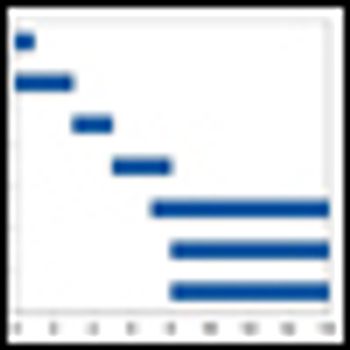In 2008, roughly 1.44 million Americans were diagnosed with cancer,[1] and accordingly were labeled as “cancer survivors.” Fortunately, for roughly 65% of those who were newly diagnosed, this label will expand to encompass issues of long-term survivorship and health maintenance.[2] Extended cancer survivorship is a relatively new concept. In the past, most people who were diagnosed with the disease did not survive it. While longer survival times are a measure of success, the dark side of this victory is that a substantial proportion of these survivors will experience recurrence or second cancers. In addition, many more will go on to develop comorbid conditions such as cardiovascular disease (CVD), diabetes, or osteoporosis, which often kill or debilitate survivors at much higher rates than the cancer itself.[3,4]



